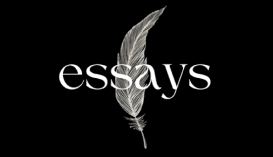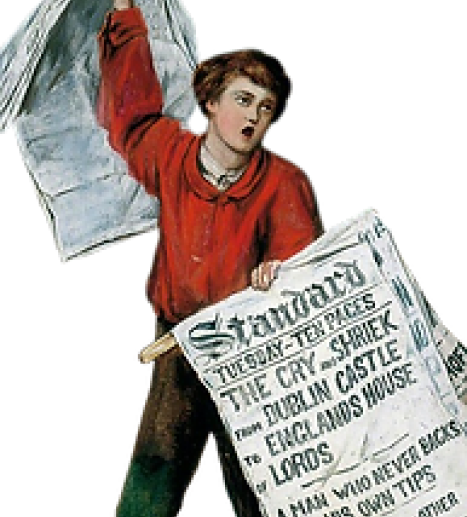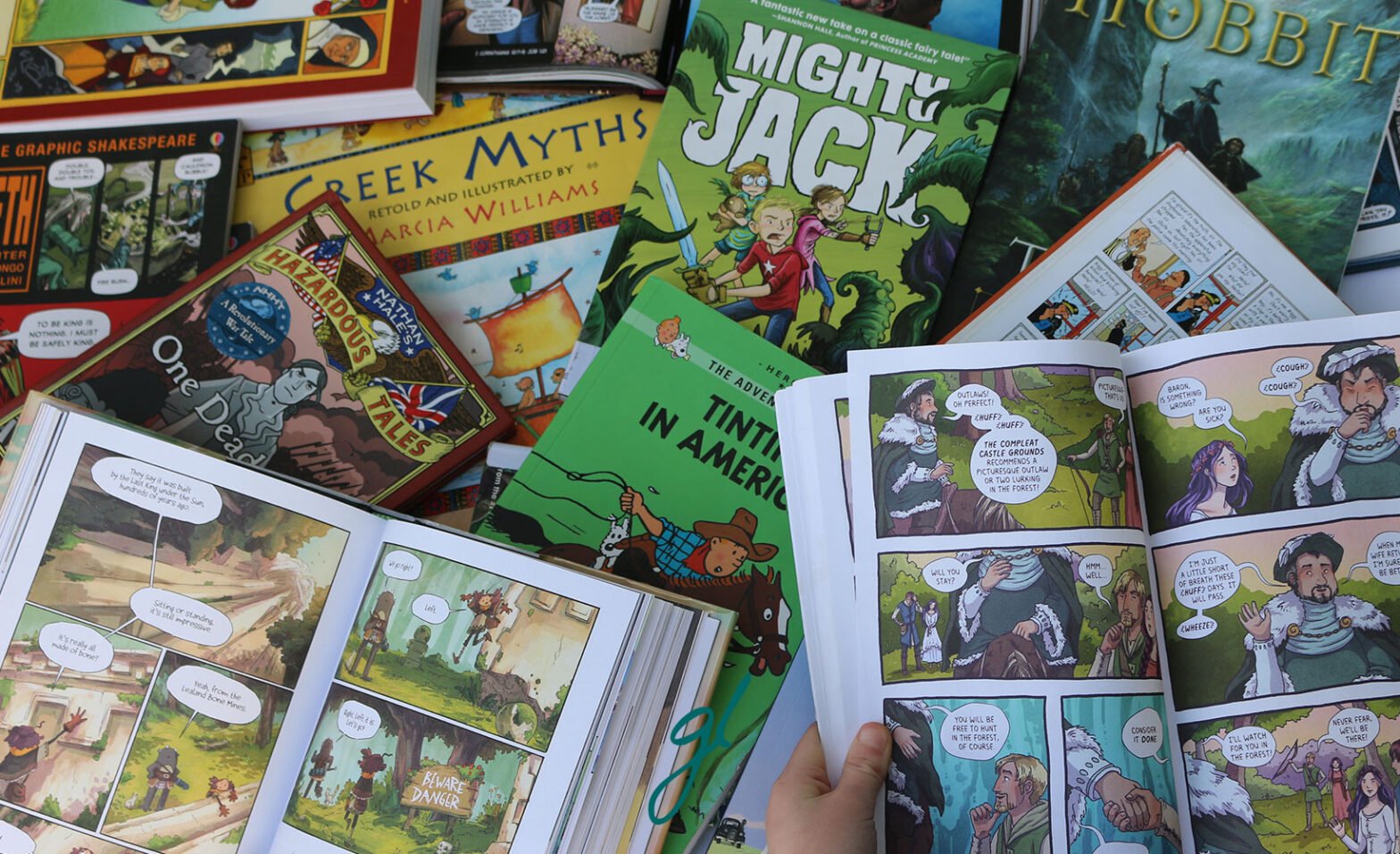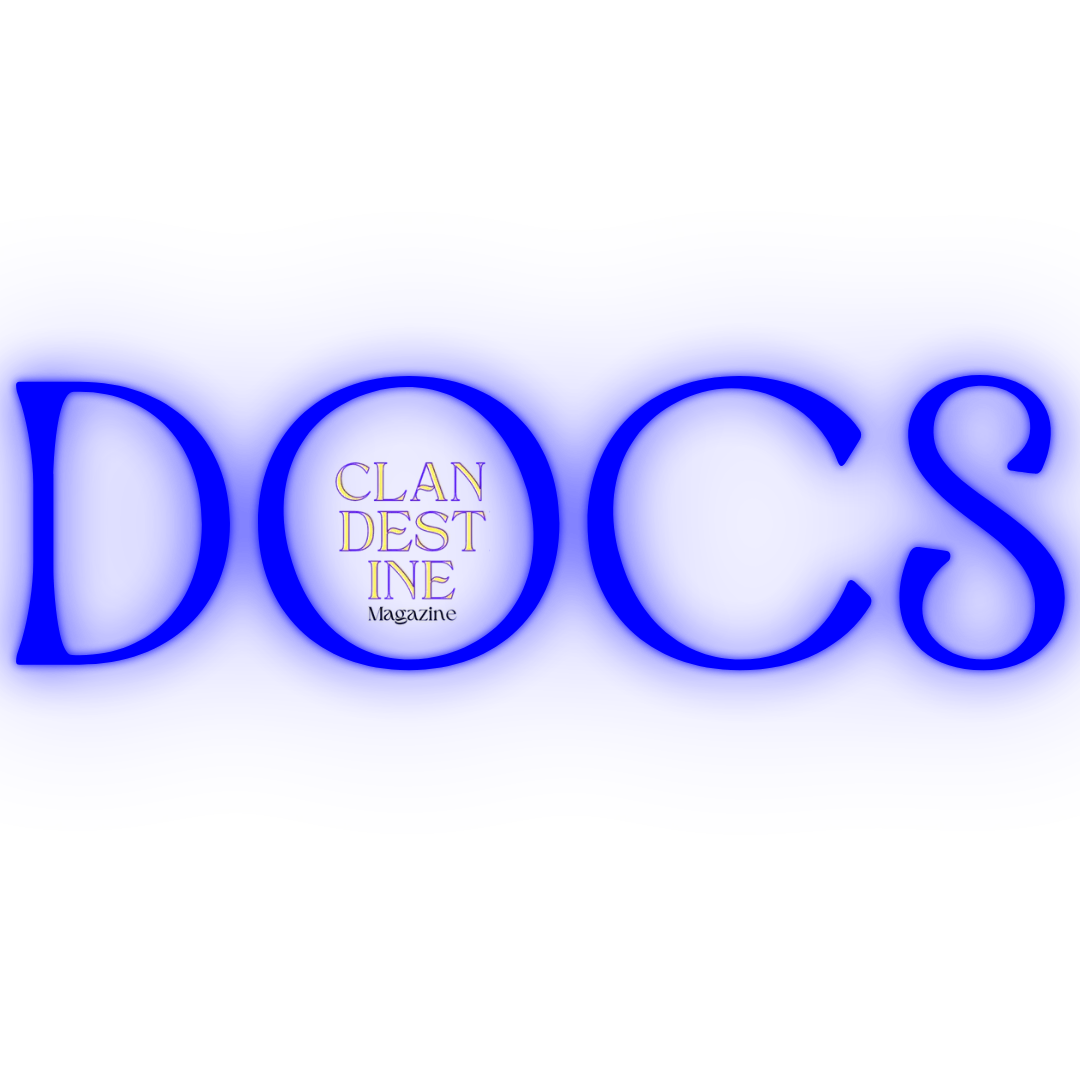Summary: This article delves into the literary form of graphic novels and how the style and form lends itself to more accessible reading for children, teenagers and adults.
In the last couple of years, graphic novels have become increasingly popular, with many titles appearing in popular media and recommended as literary masterpieces. Titles ranging from the simplistic, yet deliberately queer ‘Heartstopper’ by Alice Oseman, to the beautifully complex ‘Persepolis’ by Marjane Satrapi, the graphic novel form has breached an important space in twenty-first century literature.
From Teen’s Literature…
There are many different graphic novels within the teen’s literature genre, but one of the most prolific and recent examples, is the series by Alice Oseman, Heartstopper. Whilst categorically under teen’s literature, this series transcends into both children’s and adult’s fiction, due to its simple speech and emotionally loaded backdrop through the graphic design,enabling its place in younger and older minds.
The story is as follows, a love story between Nick and Charlie, two secondary school aged boys, and the pressures and struggles that they face with coming to terms with theirqueerness, their mental health and family and school’s expectations. Oseman also spotlights other queer characters in the novels, with Elle, Darcy and Tara all drawing on different aspects of queerness.
The graphic style is simple, and the story is similarly simply structured, but the series of events the reader follows conveys a queer love story, not without trials or tribulations, but without the classic trope often used, the tragic queer love story. It is in this that the story is emotionally fantastic, setting a precedence for younger audiences who are able to see queer people in a positive light, enjoying and living life the same way as their heterosexual or cisgendered peers. With the graphic design of the characters and the simple speech, this story has become accessible to a range of audiences.
This series’ popularity has also become influential in its development into a Netflix TV show, spreading the positive queer love story to wider audiences, and therefore the graphic novel reaching an even larger scope.
A Way into Other Young Adult Literature
Whilst there are a variety of graphic novels in the YA literature genre, ‘Demon in the Wood’ by Leigh Bardugo and Dani Pendergast stood out as a more accessible way of breaching the ‘Shadow and Bone’ series by the same author. The graphic novel combines a short story written by Bardugo and Pendergast’s use of colourful graphics to paint the fantasy worldbuilding in a physically visual way.
The story gives a history to the main villain throughout the series, developing a sense of understanding and empathy for the reader. With its colourful and gripping tale, and use of graphics to show the story unfolding, Leigh Bardugo and Dani Pendergast combine the elements to create a more accessible point of interest for a person considering reading the Shadow and Bone series.
Visually Confronting
Many graphic novels have explicitly queer elements to them, or focus on queer stories within their form, but in particular ‘On a Sunbeam’ by Tillie Walden is a form of older queer fiction, accessible in queer literature for readers who are perhaps more overwhelmed by wordy novels.
Walden’s use of imagery and colour, like Bardugo and Pendergast, brings forth a beautifully visual tale, the images forming subtext for the less needed text in this graphic novel form. The novel centres around a queer space’s formation in space, with Mia and Grace as the two main characters of the story. Walden explores themes of sexuality and queerness, along with neurodivergence and social issues, and she uses the graphics to portray these elements in a physical way.
In the queer novel genre, there are many books with brilliant queer stories, but Walden’s story creates atmosphere through its graphics, using the illustrations to physically describe the outer space world, and present queerness as something visually appealing. Unlike novels without graphics, the reader is therefore confronted with it more strongly.
As a Form of Trauma
Both Marjane Satrapi with ‘Persepolis’ and Alison Bechdel with ‘Fun Home’ show the presence of trauma through graphic design, spreading the understanding of childhood trauma to a wider audience. Each novel is designed with trauma in mind, and the monochromiccolour palettes lend themselves to their expressions of memory within this.
Persepolis is groundbreaking in its incredible portrayal of trauma through Satrapi’s dark palette visuals. The graphic novel is centred around a child’s perception of Iran after the Islamic revolution, and how this effected their development and growth into an adult.
Stylistically, pages of the novel are taken up with complete darkness, and Marji, the main character in the novel, is shown in many visually traumatic settings. For example, Satrapi places her in front of the bombing of her neighbour’s house, the lack of text and speech giving way to the inference of the reader, the verbal silence marked by the visual violence.
It is with this lessened text that the novel has been placed both on children’s shelves and adult’s, causing a debate over whether the experiences of war are too violent for a child’s mind. Either way, the novel is therefore accessible to adults and children and is easily readable even through the images alone.
Fun Home is similarly trauma based. The novel’s colour tone is less black and white, and takes on tones of blue too, giving it that distant, memory like feel. Bechdel’s images convey a range of emotions, just like Satrapi, and also elicit the same empathy and accessibility for a wider range of audiences. Bechdel delves into experiences of parental death, secrecy, queerness, obsessive compulsive disorder and how these elements can result in childhood trauma in the character Alison. Like Satrapi, the novel takes an autobiographical route.
In its pale blue visuals, Fun Home is a deeply important novel, communicating emotions and feelings to its reader intently. The graphics are crucial to this story’s being understood, which puts it into the hands of a much wider scope than without.
Horror and Mystery in the Classic Manga Format
One of the most famous forms of visual storytelling is the Japanese style of manga, often telling stories in extension of, or before an animated version is created.
The range of manga is extensively large, and with such a large style of novel, it is hard to do the form justice. However, looking at ‘Higurashi When They Cry’ by Ryukishi07 and Karin Suzuragi and ‘Toilet Bound Hanako-Kun’ by Aidalro, examples of darker, more intense forms of visual storytelling can be understood.
All three creators use the classic black and white monochromic visuals to tell their novels, and this works brilliantly for the darker themes in both texts. ‘Higurashi When They Cry’ tells the story of a smalltown with an unsettling number of murders, and ‘Toilet Bound Hanako-Kun’ delves into the modern urban legend of summoning a spirit in the girl’s toilets, moving into a larger arc looking at a variety of Japanese urban legends.
Ryukishi07 and Suzuragi create tension and anxiety through the monochromic backdrops, with darker pages, and full-scale images with little text giving the sense of underlying anxiety and therefore an unspoken subtext. Aidalro creates a similar tension but instead uses lots of smaller strips to create the feeling of constant unease through the persistent events, keeping the story gripping and fast pace.
Both are easy to read, and are able to capture the reader instantly, with their high intensity through the graphics used. They form an accessible point into the horror and mystery genre;all three creators using the manga style to provoke tension and tell a gripping story.
A More Accessible Form?
Whilst the twenty first century has seen an incline in more accessible reading in novels without images, graphic novels are a brilliant form becoming popularised through their easy-to-read and physically obvious style. In the rapidly declining clamour for reading, graphic novels are a brilliant way to re-discover, breach or continue a person’s love for reading, as they are visually interesting, emotive and less intimidating than the lengthy novel form.





















